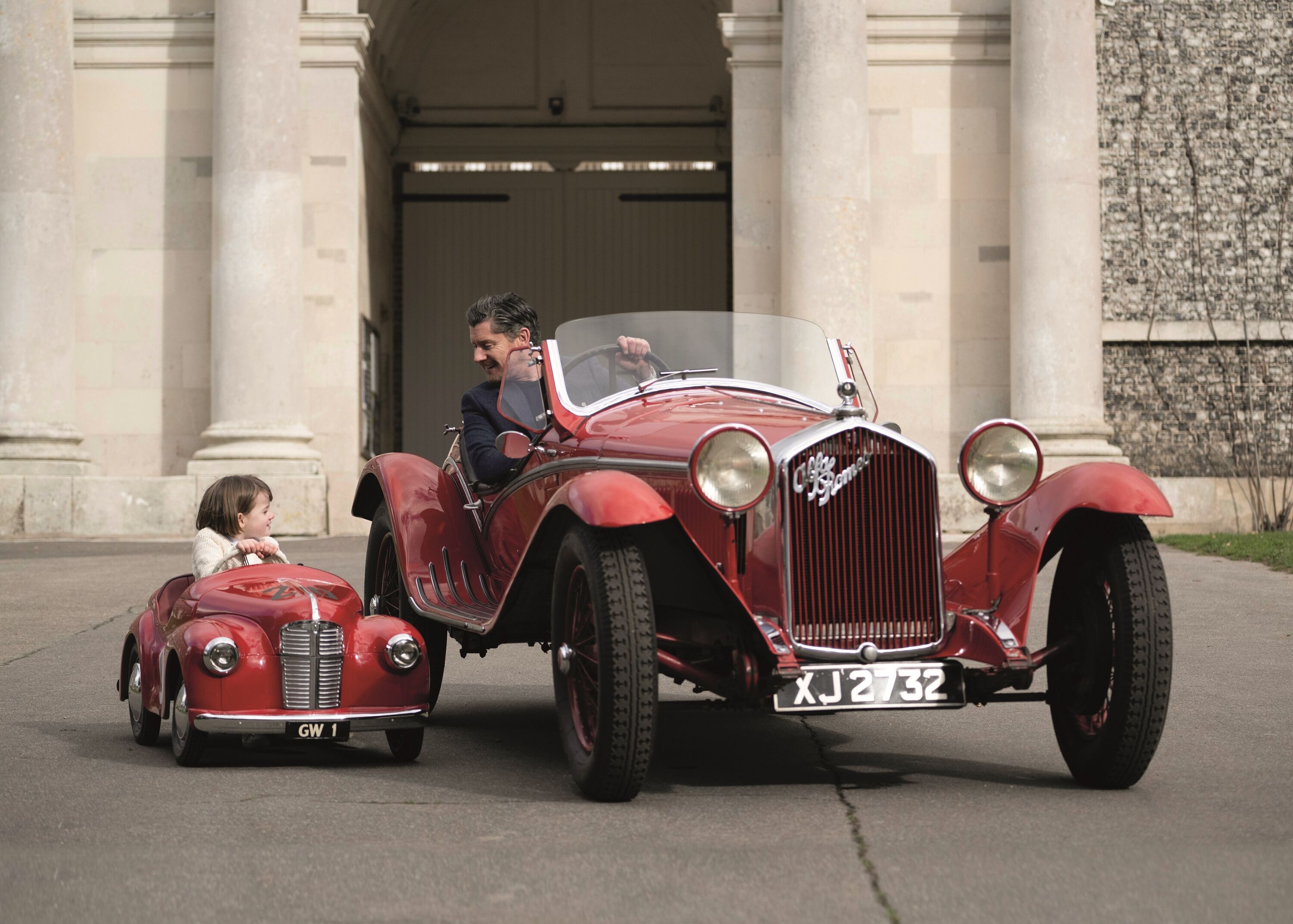Axon's Automotive Anorak: Is a new Asian invasion coming?
A little over half-a-century ago, the UK (along with most of the rest of the world) got its first real taste of what Asia had to offer in automotive form when the until-then largely unknown Japanese vehicle manufacturers such as Toyota, Datsun (Nissan) and Honda took their tentative early steps into many vital export markets; most notably the USA and Europe. Within an incredibly short time frame, the Japanese car brands had made a real global impact, accounting for a large chunk of vehicle sales the world over.

South Korea took a while to follow Japan’s lead, the initial export Hyundai models successful venturing into the UK, USA and elsewhere in the early 1980s (assisted by British motor industry expertise), to be later joined by Daewoo (briefly) and Kia (successfully). Malaysia was next to join the Asian automotive export exodus with Proton and Perodua, but with significantly less impact; both marques quietly withdrawing from most markets over the last decade or so, just a Taiwanese Yue Loong car maker did in the Benelux markets 30 years ago.
The Asian elephant in the room of course remains China. Although I’ve written about the subject here before, I remain astonished that the UK (plus many other overseas markets) are still waiting for the inevitable tsunami of new car imports from the rapidly-expanding Chinese motor industry Chinese car brands such as Landwind and JAC have already attempted some faltering entries into Europe, but their poor quality and inferior safety levels have seen them swiftly exiting with their fingers burned, pending their return with vastly improved and competitive product offerings anytime soon.
Chinese SAIC’s MG brand is now finally making inroads into the British new car market, recently posting impressive sales gains, with the likes of Lynk & Co patiently waiting on a slip road to launch its appealing-looking saloons and SUVs onto the European motoring scene, along with GAC, BYD and many other car makers from the land of the red flag.
Ahead of this pending Chinese car invasion, it is now quite possible that we will be seeing new cars arriving from another, significantly smaller, Asian country; Vietnam. Although not the first Vietnamese car maker, as incorrectly reported by many of the motoring press (that honour going to the indigenous economy DD three-wheeler of 1949, followed by the Chien Tang sedan of 1959 and the Citroën 2CV-based Dalat ‘jeep,’ made in Saigon from 1969 onwards), the new well-funded Vinfast brand – as unveiled to the world at the recent Paris Motor Show by no less than David Beckham – has ambitious plans of becoming a global force in the premium new car segment.
Looking closely at Vinfast’s stylish Pininfarina-styled LUX A2.0 saloon and LUX AS2.0 SUV in Paris – both developed in near-record time – the new Vietnamese premium brand will commence full-scale production shortly, with global exports beginning soon afterwards.
After Vietnam, could Singapore be the next Asian nation to invade global car markets? Well, following the recent shock announcement that staunch Brexiteer Sir James Dyson has chosen the unlikely location of Singapore to build his new electric car from 2021 onwards, it is quite possible.
Dyson’s decision has caused many a raised eyebrow and much scratching of heads. If you’d had to a place a bet on where in the world Dyson would choose to located his new electric car production plant, of all of the possible locations, I am confident that Singapore wouldn’t have been your first thought.
Singapore is fascinating but eye-wateringly expensive, with higher-than-average salaries and extortionate real estate values, with land space at a real premium. Perhaps more significantly though, as a base for producing vehicles, Singapore has virtually zero history or experience, and ironically, is a country with little time or consumer interest in electric cars, with less than ten sold to private Singaporean buyers to date, much to Tesla’s dismay, for example.
Ford was one of the first, and last, vehicle manufacturers to attempt building cars in Singapore, with the American giant pulling out of local CKD car assembly there more than 15 years ago.
Ironically, a Singapore-based battery technology company – Vanda Electrics – conceived a strikingly modern electric hypercar, the Dendrobium D-1, which it first presented at the 2017 Geneva Motor Show. As the Southeast Asian island has no history or expertise in vehicle manufacture, however, Vanda Electrics turned to the UK for its renowned know-how and prowess to fully develop and engineer the all-electric D-1 hypercar, initially with the support and proven capabilities of the celebrated Formula 1 company Williams Advance Engineering.
The now fully-British Dendrobium Automotive is looking to manufacture its all-electric D-1 in the UK, despite the current challenges and uncertainties continuing to be created around Brexit. Despite these concerns, Dendrobium Automotive’s aim is to manufacture its technically advanced carbon-fibre electric D-1 in the UK and keep the technology development, intellectual property and supply chain in Britain to help sustain and create new jobs and opportunities.
Dendrobium Automotive’s Chairman and CEO, Nigel Gordon-Stewart recently said: “Despite the current Brexit difficulties, Dendrobium Automotive is committed to manufacture in Britain. The British Government continues to do its best providing Research and Development tax credits and various grants specifically for EV and PHEV UK technology and product development operations. In my opinion, Dyson’s planned manufacture in Singapore, seems very wrong, and the current ‘brain drain’ by EV development companies in the Far East is also a huge concern as our focus seems to be more on a Brexit blame culture rather than keeping our sight firmly fixed on the future and investing in that future. British Engineering is the best in the world, and needs to be focused here in the UK to enable dominance in the biggest and most dramatic change in personal mobility in over 100 years.”
Whatever the Brexit outcome, we can be certain to see an increasing number of Asian-built vehicles arriving on British (and European) shore any time soon, potentially event including the occasional electric car from Singapore!
Axon's Automotive Anorak
Lynk & Co
Dendrobium
Dyson





